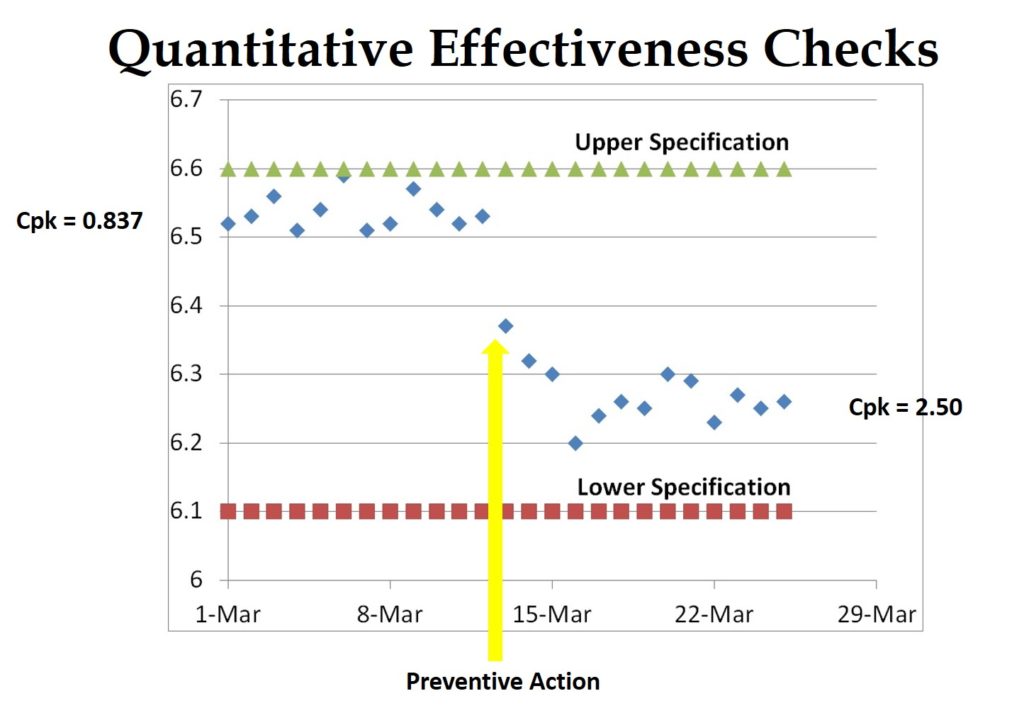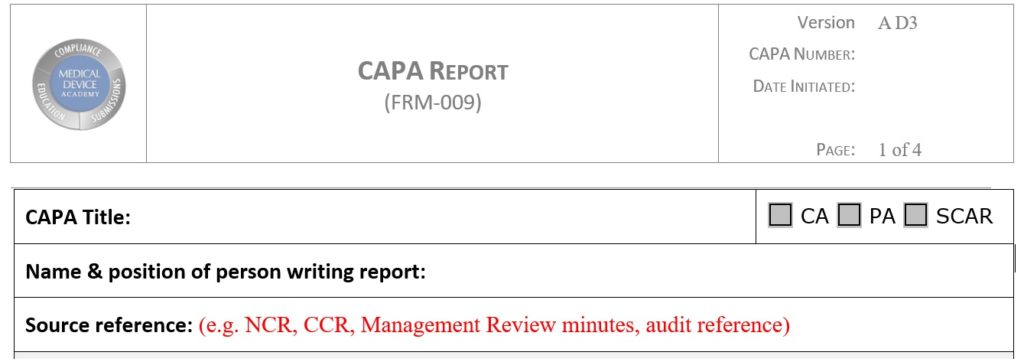7 Considerations for Outsourcing Medical Device Complaints
Investigating medical device complaints can be a time-consuming task. This blog reviews seven considerations for outsourcing medical device complaints.
Two different clients of mine recently mentioned that they are overwhelmed by the amount of time required to investigate complaints and to file MDRs with the FDA. I suggested outsourcing the complaint handling to a third-party service provider, but they were unaware of any suppliers with that capability.
I was already familiar with several suppliers offering these services, but I wanted to know if companies were looking for these services. Therefore, I decided to post a discussion on one of the LinkedIn groups I manage: http://bit.ly/LinkedIn-ComplaintThread. In just two days, there were 21 different comments. Most of these were from consultants offering their services, but their comments were helpful. For example:
- “The majority of complaint handling work typically involves a high volume of less critical tasks. Routine things like ensuring all potential complaints are entered into your system, requesting additional information when its needed, documenting updates when they are received, or drafting complaint/reportability decisions based on company policy are all tasks that can easily be performed by a well-qualified service provider for significantly less than if they were done domestically.” – Matts Bell
- “Direct input into ESG is much better and easier than an additional third party software package, as ESG does change often, and the software companies are not keeping up. Keep in mind that each change digs deeper into the quality system and information. What is acceptable today may not be acceptable tomorrow as the validation keys within ESG tighten.” – Courtland Imel
- “I too, have provided outsourced complaint, NCMR and CAPA investigations, customer contacts, and root cause analysis to final disposition, sometimes in an FDA remediation project. But it requires active involvement on the part of the client company, with periodic meetings to discuss each case/its resolution, as well as identified trends/their resolution.” – John E. Lincoln
- “In the case of adverse events identified through the litigation process, the company cannot contact the complainant directly because the case is in litigation…Utilizing an appropriate third-party service provider to work with you on this process can make this type of adverse event reporting fast, efficient, and cost-effective.” – Melissa Becker
It is true that parts of complaint investigations must be performed internally—such as failure analysis. You also cannot outsource responsibility for review and approval of complaint records or MDRs. However, suppliers can provide trained personnel that are capable of initiating and completing complaint records, performing follow-up with complainants, and determining if complaints are reportable to the FDA and other countries around the world. One of the suppliers I interviewed can translate adverse event reports for countries that require reporting of adverse events in languages other than English, and they have a professional translator verify accuracy. Some personnel even have a medical background (e.g., nursing).
7 Considerations for Outsourcing Medical Device Complaints
- Find a supplier that has many years of experience helping medical device manufacturers with complaint handling and adverse event reporting (no rookies)
- Ask for a demo of the software—web-based software is best (I’ll explain why shortly)
- Ask to see their complaint handling procedure and perform a procedure review
- Ask how the supplier handles complaint investigations when the product is not returned (http://bit.ly/DeviceNotReturned)
- Verify that the rationale for MDR decisions is based upon the FDA requirements in 21 CFR 803 (http://bit.ly/Part803), and vigilance decisions are based upon MEDDEV 2.12/1 (http://bit.ly/MEDDEV2-12-1rev8)
- Ensure that the software system has a tracking of timelines for complaint handling and reporting already built-in
- Ensure the electronic forms are adequately designed for capturing information—not just yes/no checkboxes everywhere
Why is web-based software better than hosted?
The US FDA is moving quickly toward Electronic Submission Gateways (ESGs) as the preferred method of submissions (http://bit.ly/Why-FDA-ESG). Unfortunately, there are frequent changes to ESGs that require software modifications and revalidation (http://bit.ly/ESG-FDA). Therefore, unless you prefer to have a full-time person responsible for revalidation of software, web-based software solutions are typically your best choice for regulatory submission software tools. It’s also convenient to be able to access records and print them out for an FDA inspector from any computer. This eliminates any possibility of a 483 being issued against 21 CFR 820.198(f) (http://bit.ly/820-198).
7 Considerations for Outsourcing Medical Device Complaints Read More »














